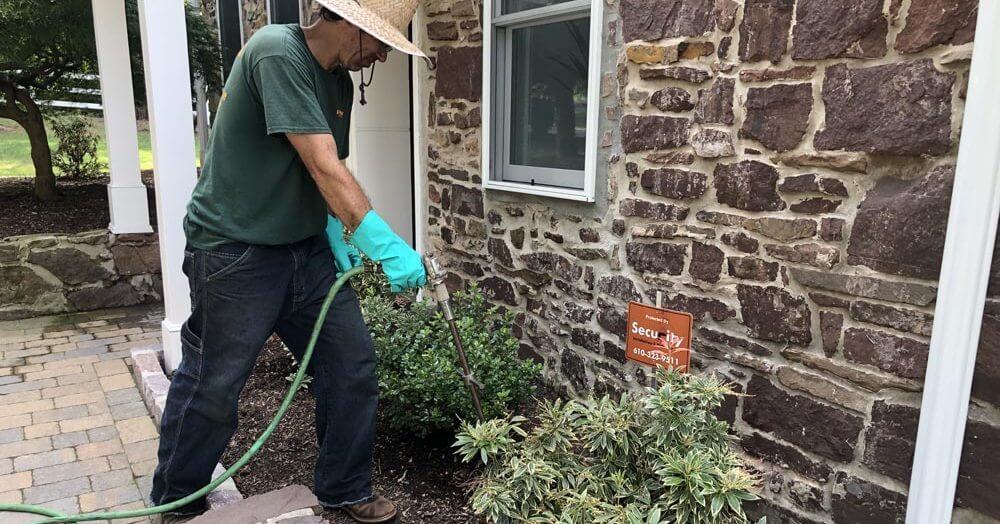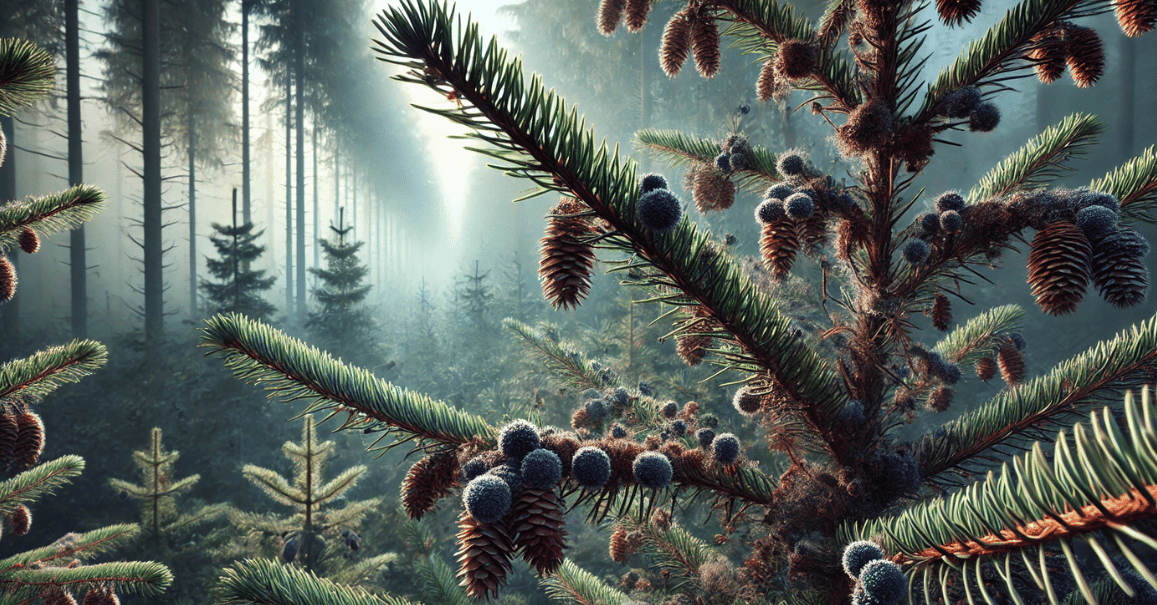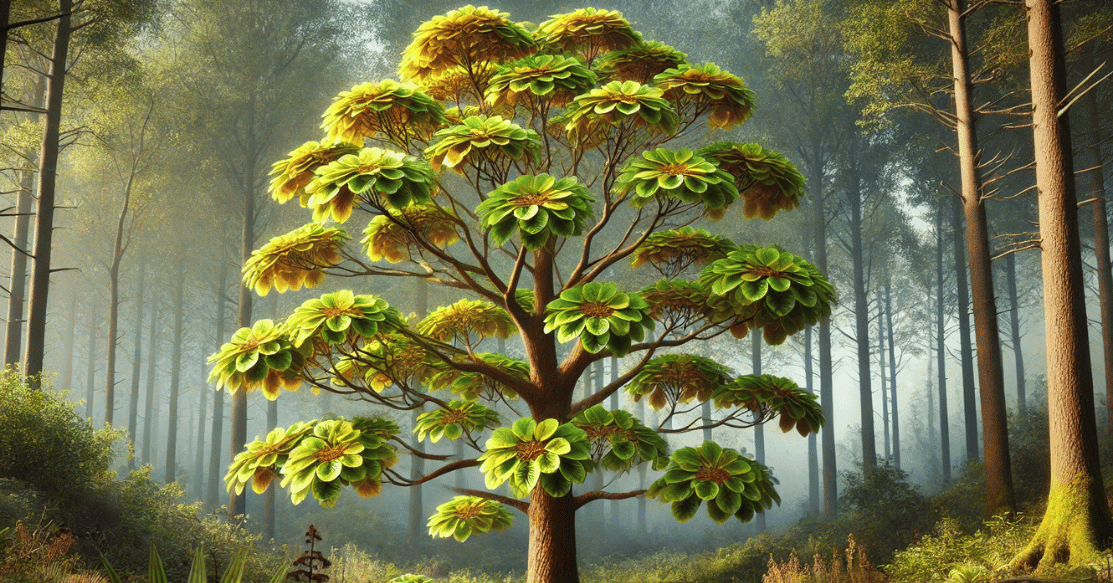Cedar trees are known for their evergreen charm, but it's a cause for concern when they turn brown. As nature enthusiasts, it's crucial to comprehend the reasons behind this change and explore ways to revive a dying cedar tree. In this article, we'll delve into the factors contributing to the discoloration of cedar trees and provide valuable insights on whether a brown cedar tree can bounce back.
Why is my Cedar Tree Turning Yellow, Orange, Brown, or Dropping Its Needles?
1. Environmental Stressors
One of the primary reasons for cedar trees changing color is environmental stress. Extreme temperatures, drought, or improper soil conditions can lead to a distressed tree. Lack of water or exposure to harsh weather can result in the browning of cedar needles.
2. Pests and Diseases
Cedar trees are susceptible to various pests and diseases, including spider mites, cedar rust, and fungal infections. These invaders can weaken the tree's health, causing discoloration and needle drop. Regular inspections and prompt action against pests and diseases are essential for maintaining the vitality of cedar trees.
3. Improper Pruning or Trimming
While pruning is essential for tree health, improper techniques or excessive pruning can stress cedar trees. This stress may manifest as discoloration and browning. Hiring professional tree services for appropriate pruning practices can prevent such issues.
4. Soil Quality
Cedar trees thrive in well-draining soil. Compacted or waterlogged soil can impede root health, leading to nutrient deficiencies and browning of the foliage. Regularly checking and improving soil quality can significantly contribute to the overall health of your cedar trees.
How to Revive a Dying Cedar Tree
Understanding the causes is the first step; now let's explore practical steps to revive a dying cedar tree and answer the pressing question: can a brown cedar tree come back to life?
Identify the Underlying Issue
Before implementing any remedy, identify the specific problem affecting your cedar tree. A targeted approach will yield better results, whether it's a pest infestation, disease, or environmental stress.
Proper Watering
Ensure your cedar tree receives adequate water, especially during dry periods. Deep watering is crucial, allowing the roots to absorb moisture effectively. However, avoid waterlogged conditions, as this can lead to root rot.
Mulching
Applying a layer of organic mulch around the tree's base helps retain moisture, regulates soil temperature, and prevents weed growth. Mulching contributes to overall soil health and aids in the recovery of stressed cedar trees.
Fertilization
Assess the nutrient levels in the soil and provide the necessary fertilizers to address any deficiencies. Consult a tree care professional to determine the appropriate fertilizer composition for cedar trees.
Pruning with Care
If improper pruning is identified as the issue, consult with arborists to develop a corrective plan. This may involve removing dead or damaged branches and promoting a balanced canopy structure.
Will Cedar Trees Grow Back?
The prospect of a cedar tree regaining its health largely depends on the severity of the issue and the timely application of appropriate remedies. In many cases, with proper care and intervention, cedar trees can recover. However, it's crucial to act promptly and enlist the help of professionals when needed.
Contact Strobert Tree Services - Leaders in Tree Care
If you're grappling with a brown cedar tree and need expert assistance, don't hesitate to contact Strobert Tree Services. As leaders in tree care, we serve communities in Delaware, Pennsylvania, Maryland, and New Jersey. Our experienced arborists can assess the health of your cedar trees, identify the underlying issues, and implement effective solutions to revive them.
The key to rejuvenating a dying cedar tree lies in understanding the causes of discoloration and implementing targeted solutions. Proper care allows your cedar trees to flourish again, adding beauty and greenery to your landscape.











